'Loneliness killed us, not the quake,' Adıyaman remembers February 6
On the first anniversary of the Feb. 6 earthquakes, Turkey’s Adıyaman province griped about loneliness. Residents struggle to process grief and adapt to life in tent and container towns. “Loneliness killed us, not the quake,” a survivor said.
Evrim Deniz / Gazete Duvar
On the first anniversary of the Feb. 6 earthquakes, Turkey’s Adıyaman province griped about loneliness. Residents struggle with mental health as they try to grieve amidst precarity.
A family from the southeastern Şanlıurfa province was in Adıyaman on the anniversary of the earthquakes to visit İbrahim, whom they had saved from the rubble. The family had come to Adıyaman on the second day after the earthquakes to help distribute bread and water to the affected people. After seeing the state of the province, they helped the rescue efforts. Now at 24 years old, İbrahim uses a wheelchair and keeps in contact with the family that saved him.
Residents from the neighboring Şanlıurfa province had rushed to Adıyaman for help. “The Urfa residents were the first to reach us. If it weren’t for them, most of us would have died of hunger or the cold,” said a citizen. “The government was not there, but we had solidarity.”
The clock tower at the city center has stopped at 04.17 since the first earthquake jolted the province. The 45-year-old clock tower is surrounded by muddy roads and new construction projects. The province has turned into a massive construction site with work machines whizzing around.
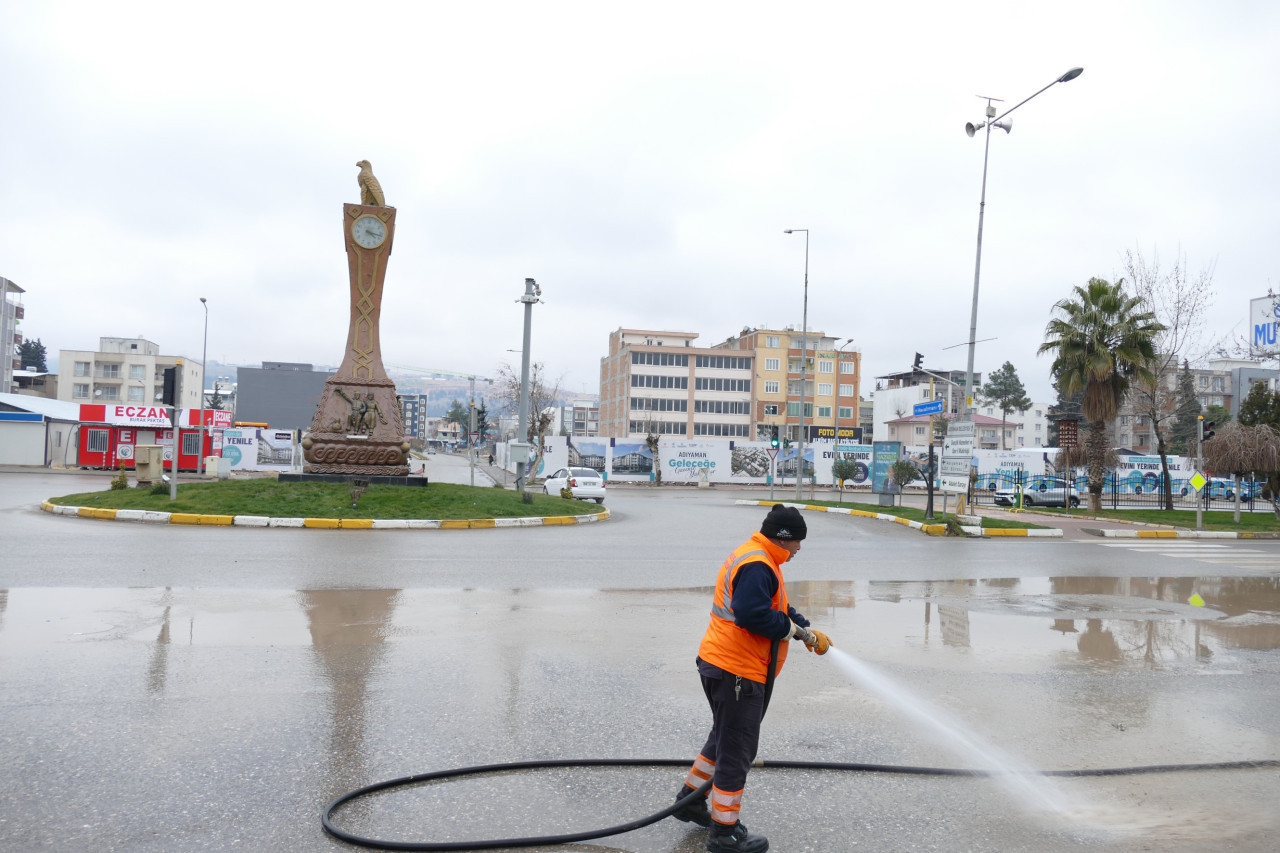
Banners around the construction read “Renovate your home on site,” promoting the state-run Turkish Housing Authority (TOKİ) projects to renovate damaged buildings with tax concessions. One worker whose home was damaged in the earthquakes recalled, “These people came while we were still searching for our relatives. They started talking about contractors’ profit margins, without thinking about us.”
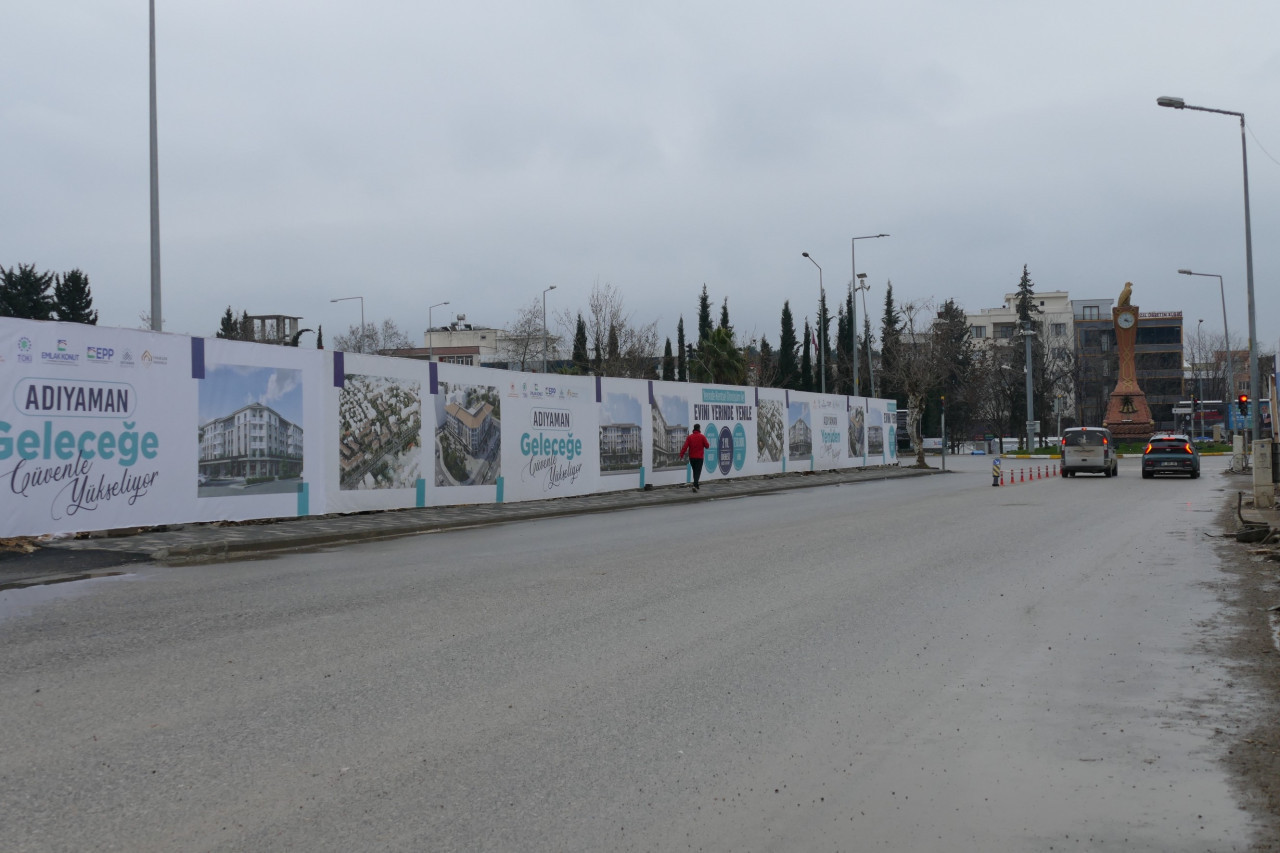
Stories by shopkeepers revealed the extent of financial hardship in Adıyaman. Baker Hasan referred to Turkish President Recep Tayyip Erdoğan’s Feb. 4 speech where he threatened residents of quake-torn Hatay to elect the ruling Justice and Development Party (AKP) mayoral candidate if they wished to receive more services. “AKP was in power in this district during the earthquake. Nevertheless, we were rightfully portrayed as ‘Abandoned Adıyaman’ since the first day after the earthquakes,” Hasan said.
“One year after the earthquakes, the only advancement was that we moved from tents to containers. I wish the province had not voted for them. Loneliness killed us, not the earthquake,” the baker repined.
The residents still feel abandoned, as the province has increasing suicide rates since the earthquake. Abdullah said, “Our soul died, and our bodies followed suit. No one seems to care.” Although increasing suicides are common knowledge in the province, non-governmental organizations cannot work on them, as official data does not exist.
Survivors found it difficult to grieve as they struggled to adapt to the challenging living conditions in container towns. As 62-year-old Reyyan put it, their “heartache doubled” with each day they could not grieve.
In these temporary living units, women spend days doing housework and taking care of children, whereas men take on work to provide for the family. Women talk about the difficulty of living in cramped quarters as crowded families. Men complain that they feel crushed under the challenge to find work and keep their families safe in the post-earthquake Adıyaman.
The province suffers from housing shortages and limited access to water and food. Women living in “unofficial” containers also have difficulty accessing sanitary products and diapers, as the Turkish Disaster Management Authority (AFAD) provides help to the official container towns in the quake region.
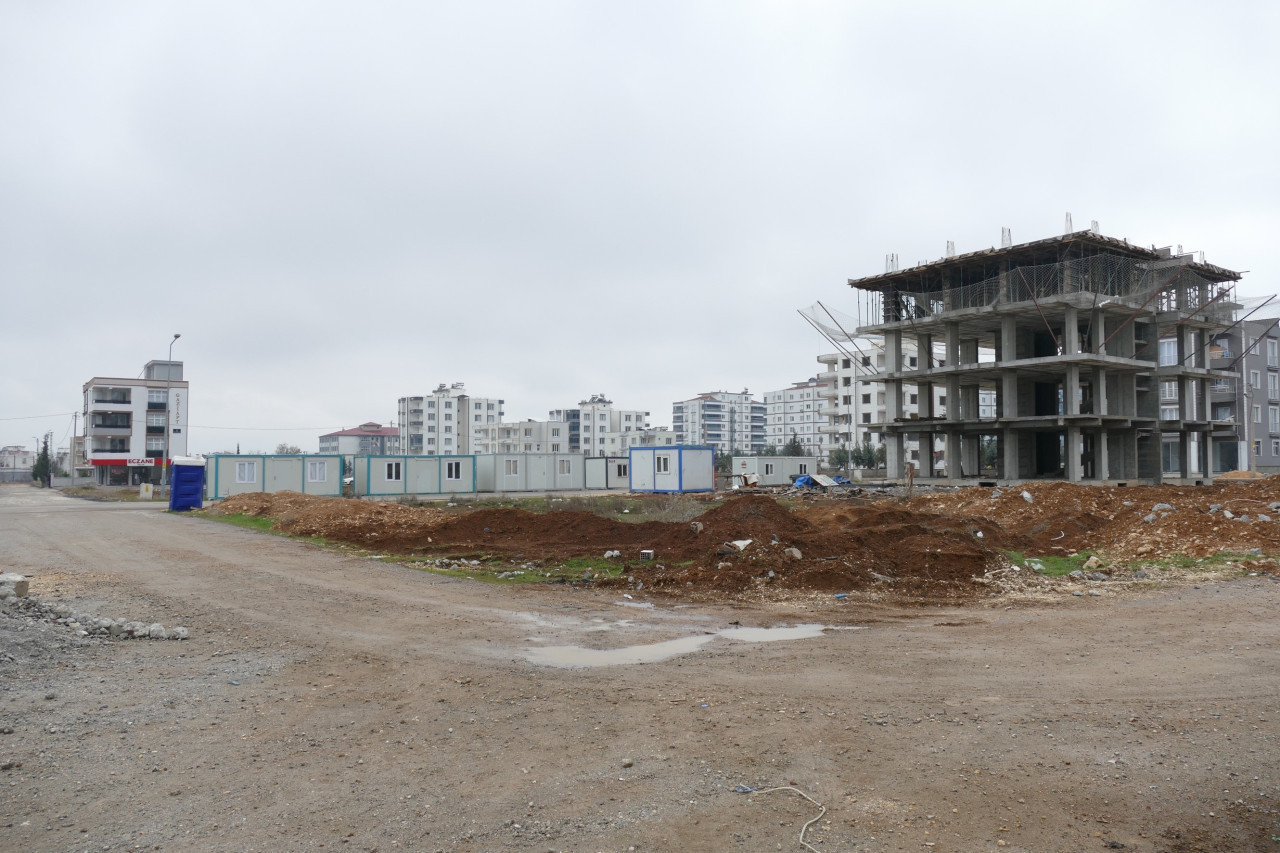
Sociologist İlke Cambaz and psychologist Naim Akman evaluated the problems in Adıyaman. They underlined that all school materials had to be offered to families for free, as the costs often deter families from sending their children to school.
They also stated many NGOs left the quake region as their projects ended, and funding dwindled. Cambaz and Akman said that precarity caused anxiety for the earthquake survivors. They did not know when their damaged building would be demolished, how long they would have to live in containers, or whether they could continue their education.
The experts observed that anxiety levels of adults and children increased as the anniversary of the disaster approached. The lack of psychological counseling exacerbated these problems.
The difficulty of life after the earthquake is apparent in Adıyaman, as well as the power of solidarity. Official figures put the death toll at 8,387 whereas 17,500 were injured. Over 5,000 buildings were damaged in the province.
(English version by Ayşenaz Toptaş)


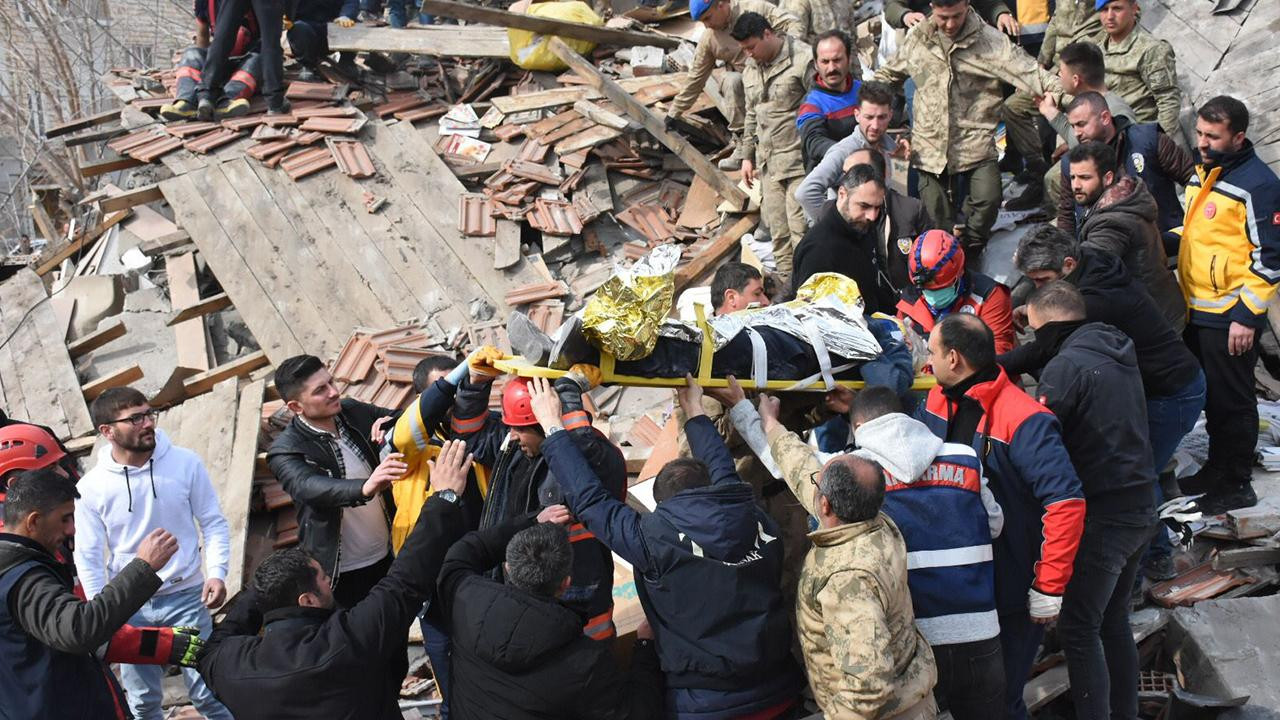 Malatya Governor bans commemorative events on quake anniversaryDomestic
Malatya Governor bans commemorative events on quake anniversaryDomestic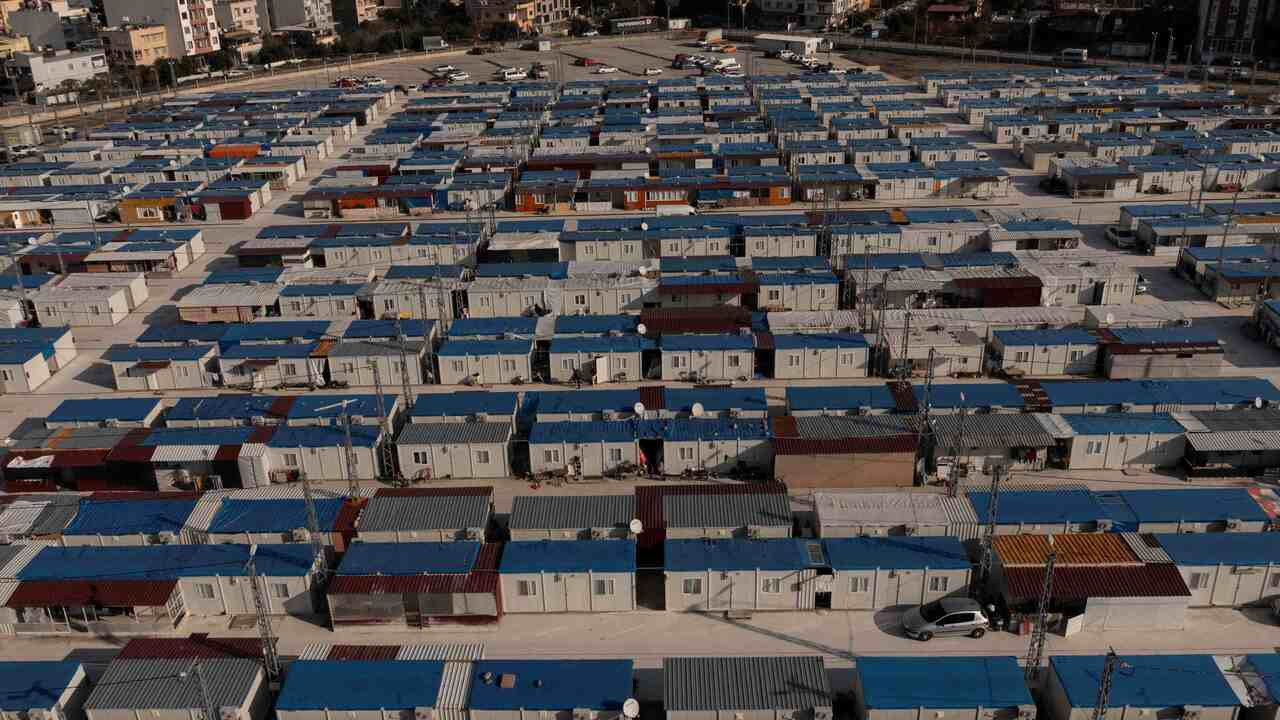 Turkey's earthquake survivors grapple with rebuilding lives one year afterDomestic
Turkey's earthquake survivors grapple with rebuilding lives one year afterDomestic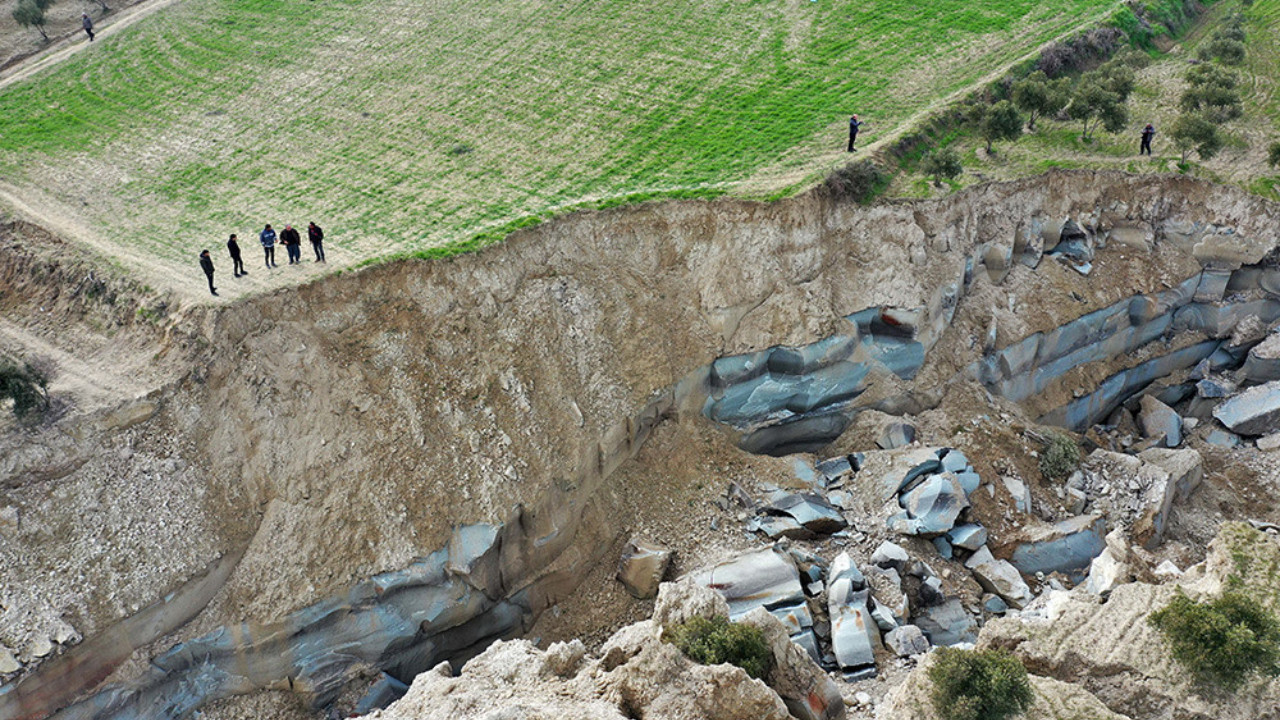 Turkey’s quake-hit zone rattled by over 57,000 aftershocks in past yearDomestic
Turkey’s quake-hit zone rattled by over 57,000 aftershocks in past yearDomestic